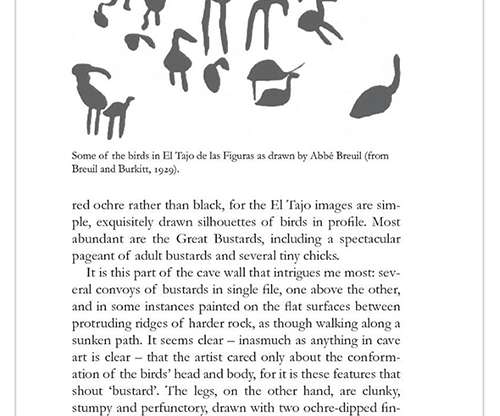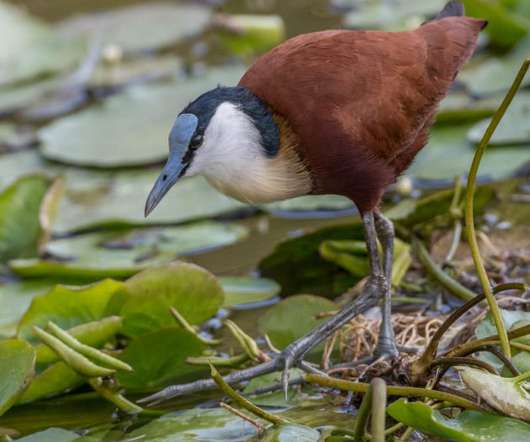Birds and Us: A 12,000 Year History from Cave Art to Conservation–A Book Review
10,000 Birds
SEPTEMBER 6, 2022
He continues with images found in illuminated manuscripts such as Catherine of Cleves’s Book of Hours and Frederick II of Germany’s On the Art of Hunting With Birds. Egyptian tomb painting depicting duck hunting in the marshes, from the eBook version of Birds and Us, © 2022, Tim Birkhead and Princeton University Press.












Let's personalize your content